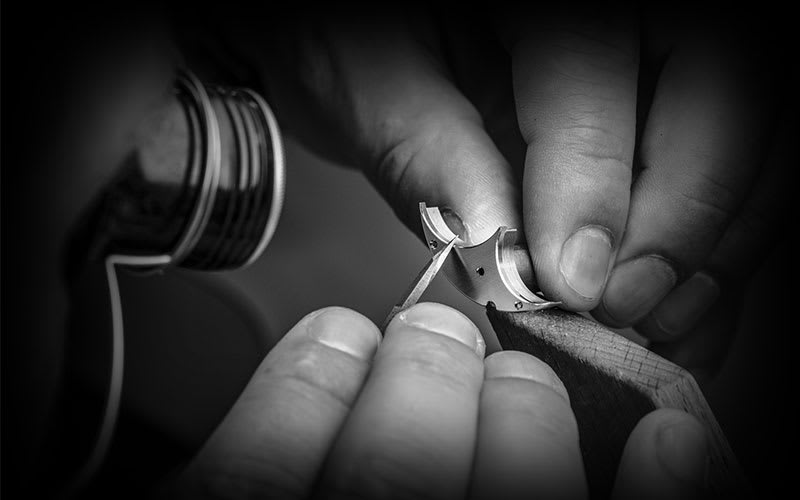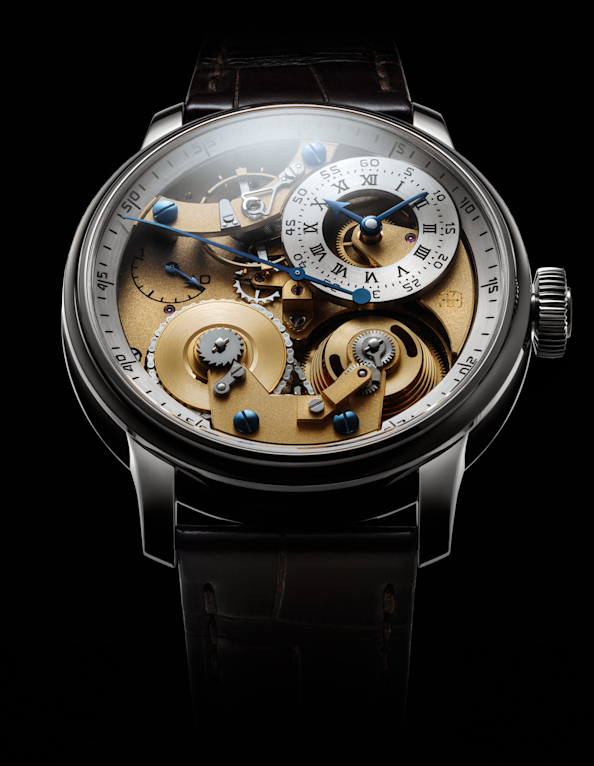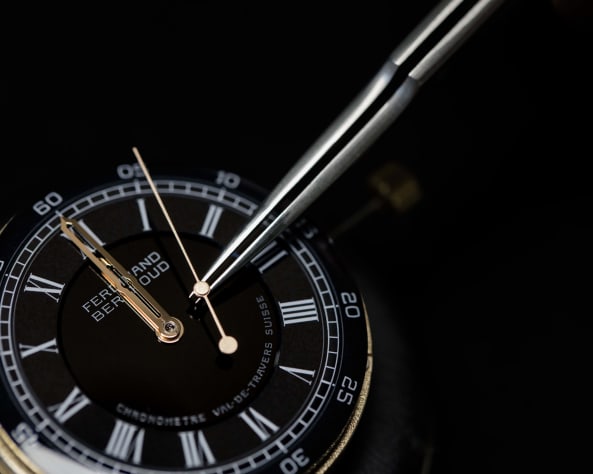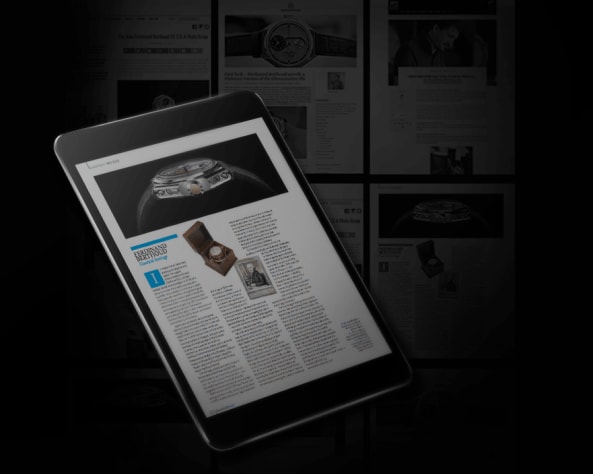
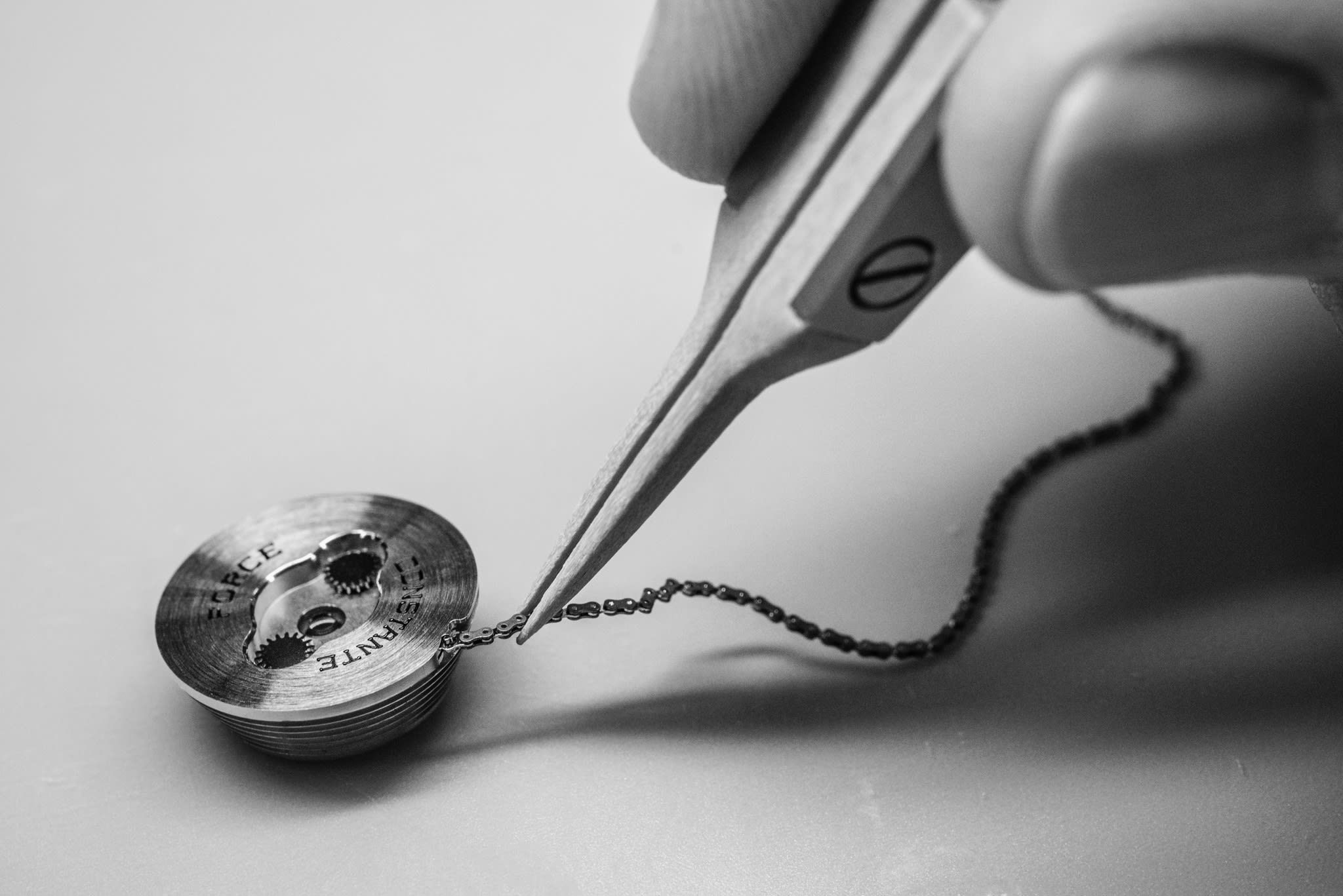
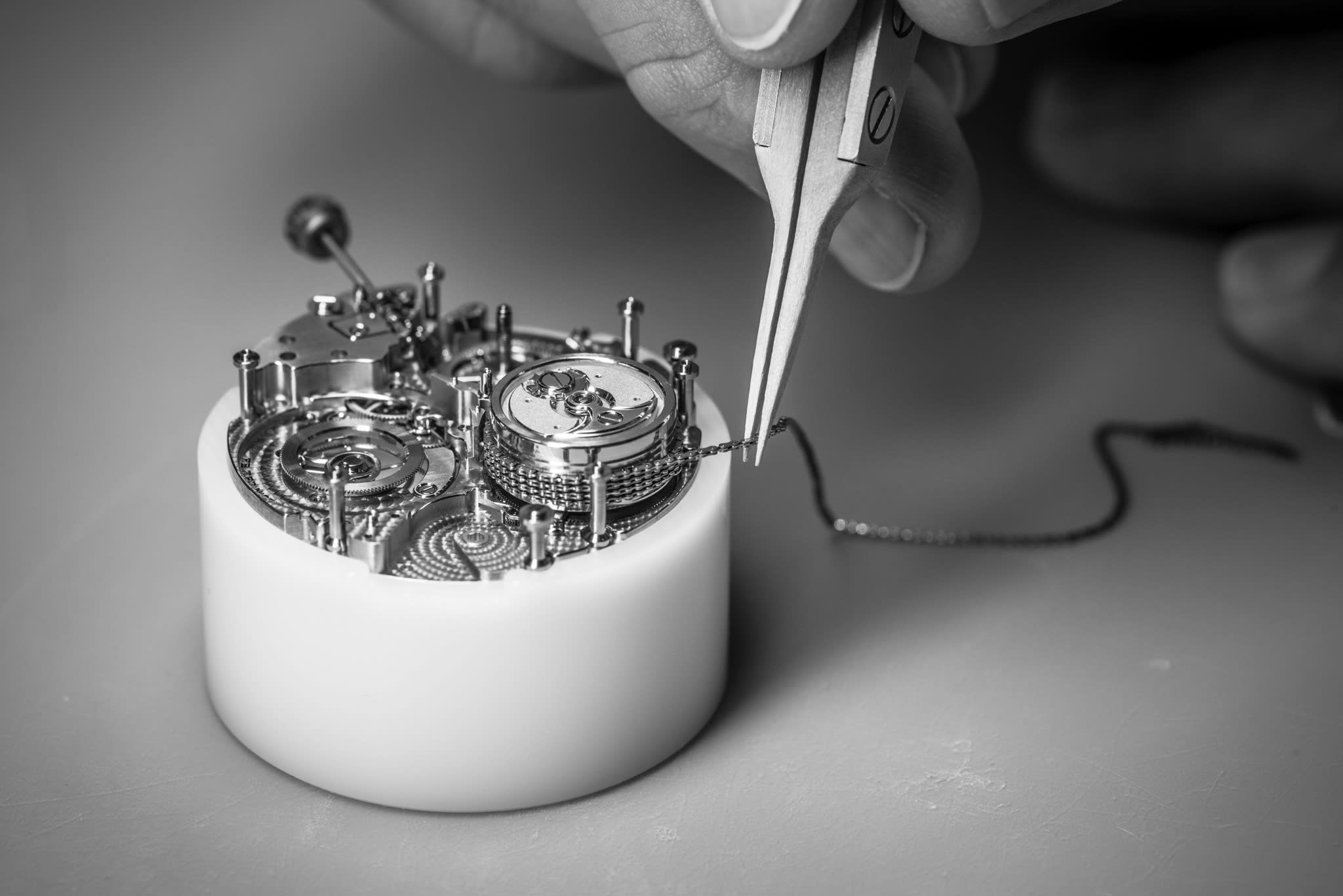
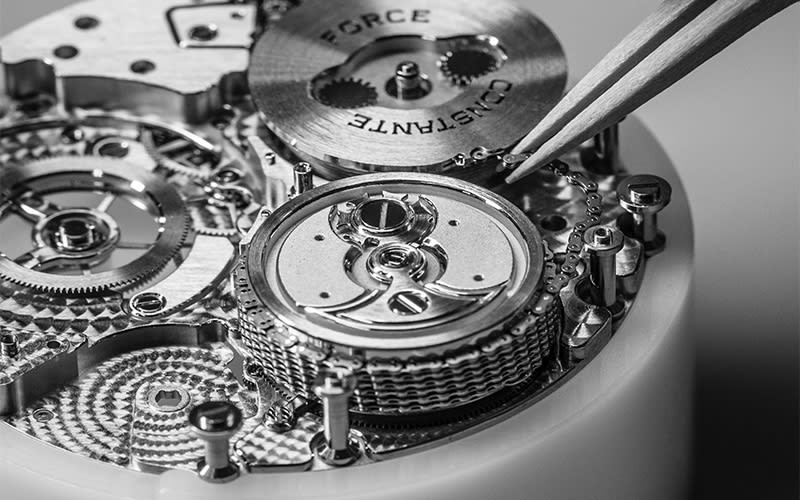

Dating back to the sixteenth century, the fusee and chain principle is the cornerstone of precision watchmaking. Chronométrie Ferdinand Berthoud has introduced four innovative developments to the mechanism.
The fusee and chain is one of the founding principles in traditional watchmaking. It’s also one of the most efficient, in the truest sense of the word: optimising the use of resources to produce a result.
The mechanism is also at the heart of the FB.T-FC movement, as denoted by the “FC” in the name. However, the fusee and chain designed by Chronométrie Ferdinand Berthoud differs significantly from previous models in a number of ways.
Foundations laid 500 years ago
“Innovations” and “optimisation” are very much the watchwords here: fundamentally, the principle of the fusee and chain used in the FB 1 and FB 1R has remained unchanged ever since it was first devised in the sixteenth century. The principle is that of constantly regulating torque – the energy provided by the barrel. In a traditional construction, without a fusee and chain, the energy delivered by the barrel follows an imperfect torque curve, rather like a battery delivering a lot of power when fully charged, and less and less as its energy levels decrease.
A mechanical precision watch, however, cannot make do with variable energy levels. The energy supply needs to be constant, from when the barrel is fully wound up right through until it has fully wound down. The fusee and chain is a way of providing “constant force” torque regulation. It uses a chain, attached to the barrel and wound around a cone (the fusee). As the fusee rotates, it unwinds the chain from bottom to top. Rather like the derailleur gear system on a bicycle, it regulates the torque from the barrel, keeping it constant.
Painstaking work on 792 components
Chronométrie Ferdinand Berthoud has used traditional Fine Watchmaking construction, but taken a different approach. The very simplicity of the system ensures its efficiency – but the manufacture has successfully optimised the way it works. First of all, there’s the design of the chain itself. It comprises over 790 components, and takes almost a full day to assemble, by hand. Each of these components has been optimised to provide both maximum strength and minimum friction.
The invention of chain guides
The manufacture has also invented an innovative guide system: both the fusee and the barrel drum feature helical grooves, forming guides for the chain. These grooves ensure the movement of the chain is perfectly controlled – and, most importantly, that it doesn’t slip loose as the result of an impact.
By adding a helical groove on the barrel drum to guide the movement of the chain, the manufacture has also remedied the problem of slack in the chain when the watch is completely wound down: slack leads to a risk of the chain disengaging in the event of an impact towards the end of the power reserve. In summary, the helical groove on the barrel drum keeps the chain in perfect position, right through until it has completely wound down.
Upside down and back to front
A third distinguishing feature of the movement is that the fusee and chain sit on a traditional plate, rather than being held in place by an upper bridge. A vertical, suspended construction has been adopted – a pillar-type approach used by Ferdinand Berthoud himself in his sea chronometers. The winding system has also been reversed: when the crown is activated, the owner actually winds up the fusee, which in turn drives the barrel by means of the chain.
This ‘back-to-front’ approach has been used because in a traditional construction, it is often very difficult to wind up the barrel directly; stiff resistance is encountered. Winding via the fusee – and the winding stem, conical toothed pinion, and large, nine-millimetre-diameter crown – is much easier. This fusee winding system is a first for a wristwatch, and has been patented.
In Manufacture Ferdinand Berthoud’s design, the chain unwinds ‘back to front’, too: during winding operations, it is unwound from the barrel drum, immediately winding itself around the fusee. During normal working of the watch, the reverse occurs: the chain unwinds from the fusee onto the barrel drum – an arrangement that is the exact opposite of the traditional procedure.
Capable of withstanding almost 12 kg
Last but by no means least, there is the strength of the chain. True to its guiding philosophy, Chronométrie Ferdinand Berthoud has far exceeded customary expectations in terms of chain strength. In practical terms, to be fit for purpose, the chain had to be able to withstand a tensile force of 2.5 kg. The chain developed by the manufacture boasts a strength rating almost five times that: 11.9 kg.
One final detail that’s specific to the Ferdinand Berthoud fusee and chain: it’s probably the only constant force movement capable of working after just one notch has been wound by the crown, rather than a full turn. Indeed, each notch corresponds to a single link in the chain, so winding just one link allows the FB 1 to start working again – with as much precision as if it were fully wound.
Did you know?
The principle of the fusee and chain was invented in the sixteenth century to compensate for the poor quality of barrel springs. Nowadays, these springs have made incredible progress in terms of reliability. However, they remain inherently incapable of providing constant force. As a result, the fusee and chain has never really been surpassed, even though the complexity of its design, manufacture, and assembly mean that it is used only by a very few exclusive haute horlogerie firms.
Watch the video
Next article
Episode 3 - The art of decoration
